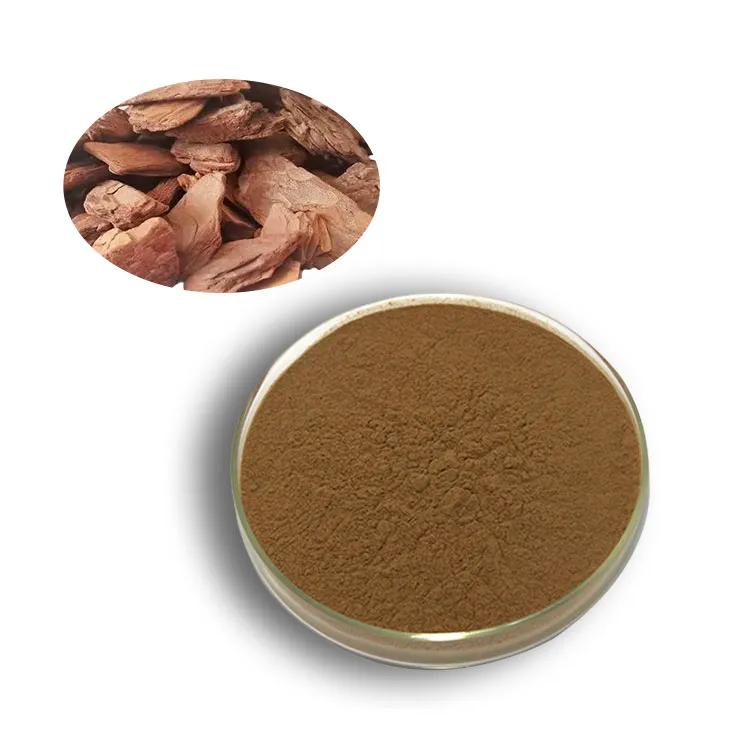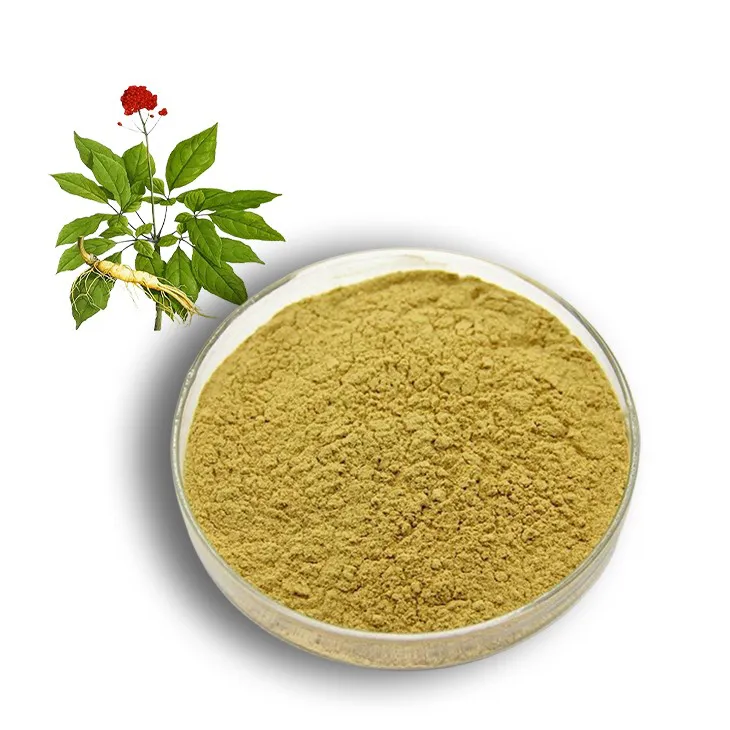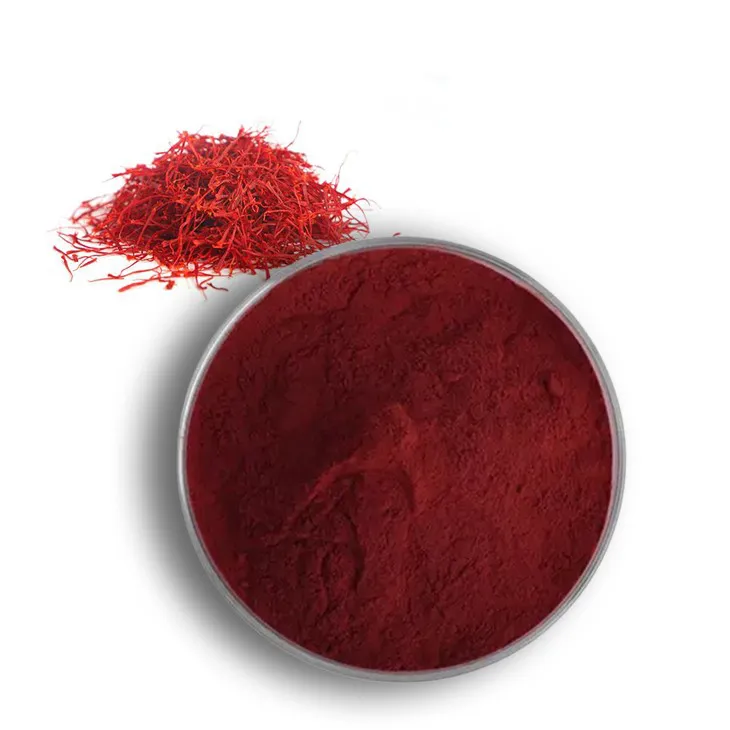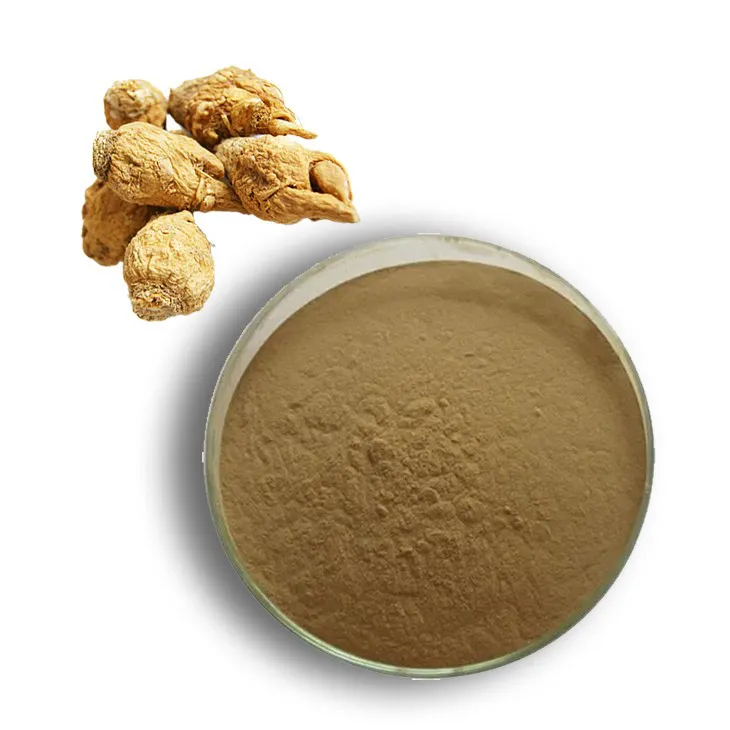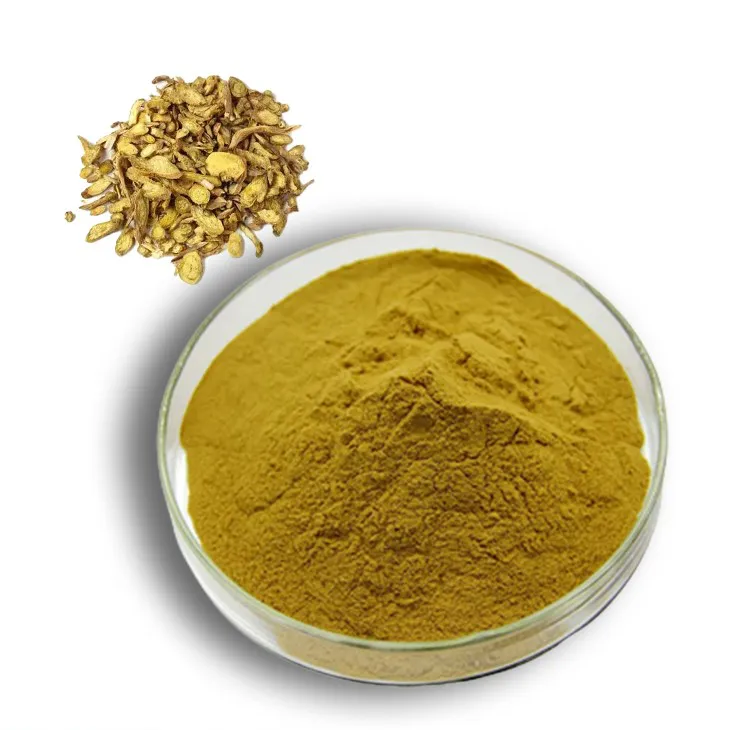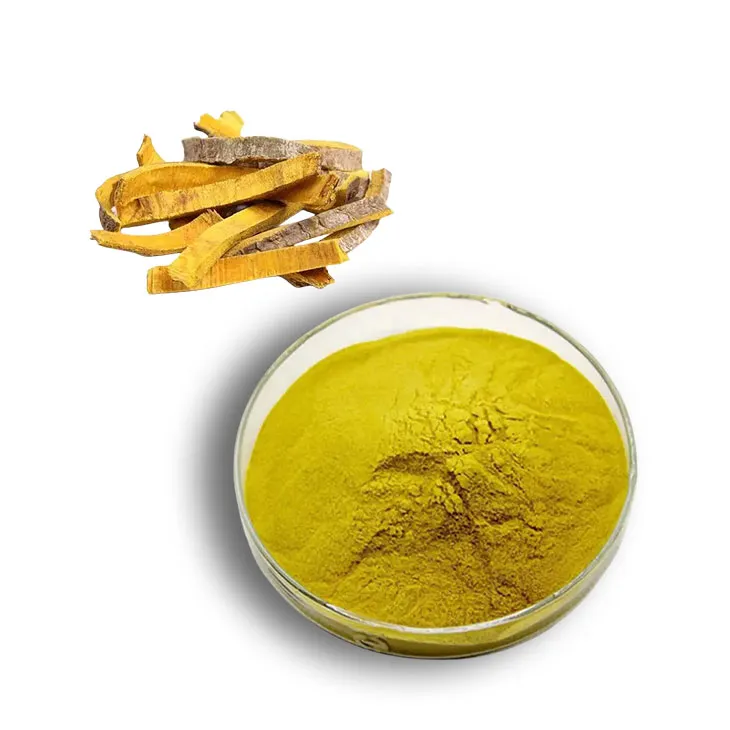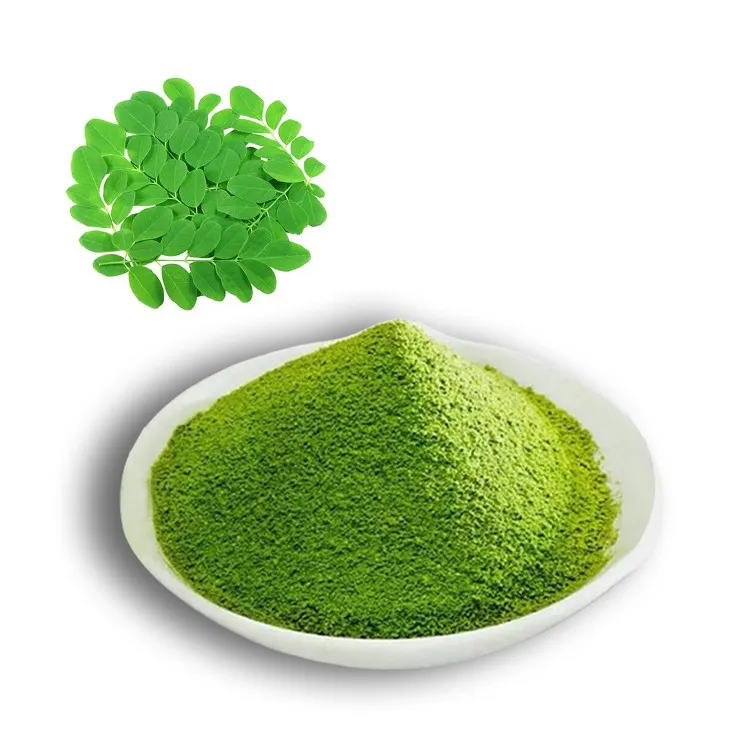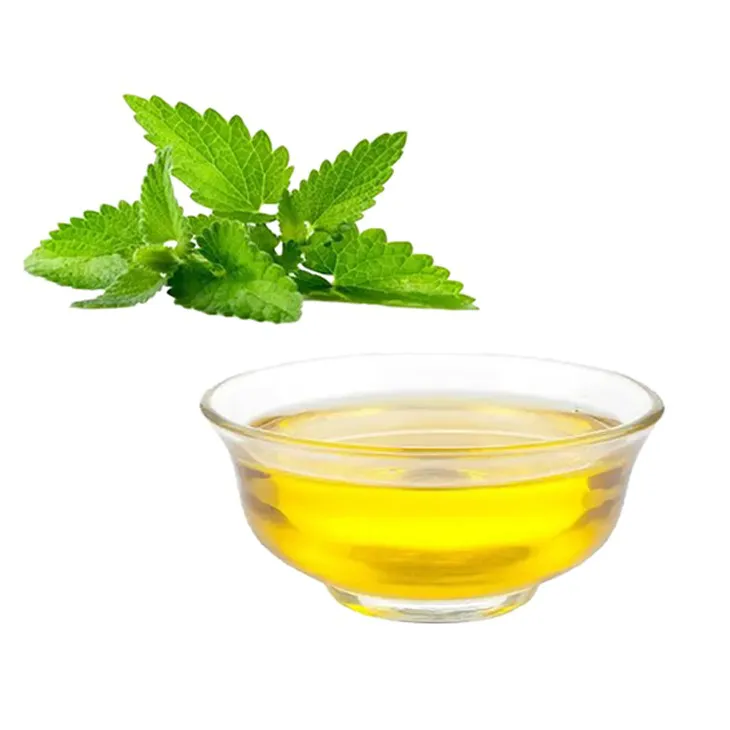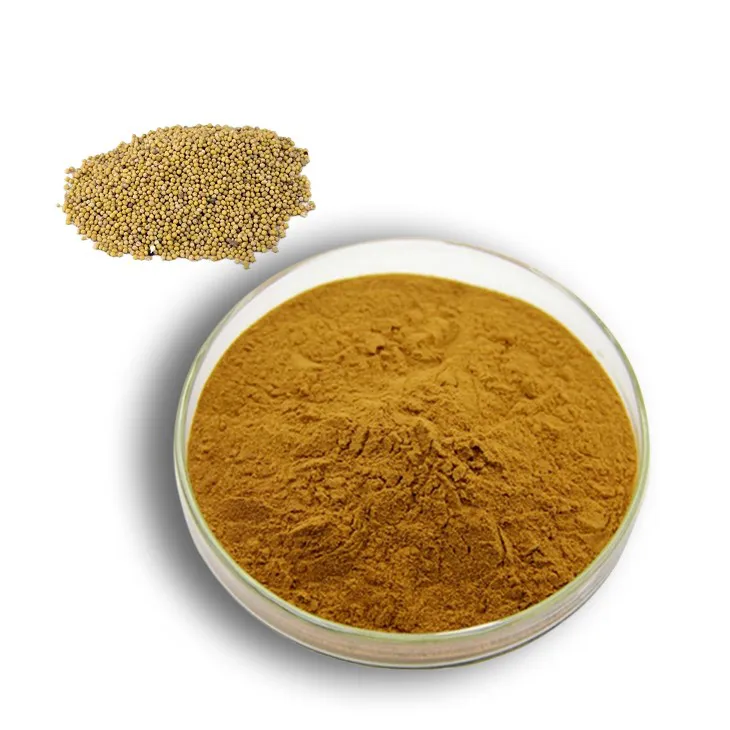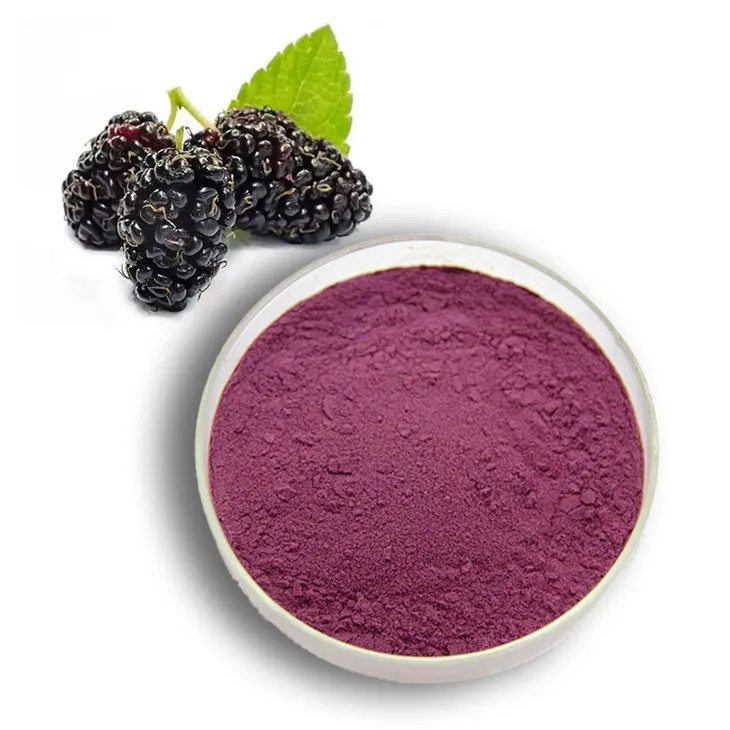- 0086-571-85302990
- sales@greenskybio.com
Can I Take Red Yeast Rice Every Day? Safety, Benefits, and Practical Advice
2025-07-08

Red yeast rice has become increasingly popular in recent years as a natural option for managing cholesterol. However, as with many supplements, the question remains: can you safely take red yeast rice every day? Understanding the benefits, risks, and best practices surrounding daily red yeast rice supplementation can help you make an informed decision about its role in your health routine.
What Is Red Yeast Rice?
Red yeast rice is produced by fermenting white rice with a specific yeast known as Monascus purpureus, which gives the rice its signature reddish color. While it has been a staple of traditional Chinese medicine and cuisine for centuries, its appeal in Western countries primarily stems from its cholesterol-lowering potential.
The active compounds in red yeast rice are called monacolins, the most notable being monacolin K. This substance is chemically identical to lovastatin, a prescription medication specifically designed to lower blood cholesterol.
How Red Yeast Rice Works
Monacolin K works by inhibiting an enzyme involved in cholesterol production in the liver (HMG-CoA reductase). Some clinical studies have shown that red yeast rice can help lower LDL (bad) cholesterol, total cholesterol, and even triglycerides when used regularly.
Because of these effects, red yeast rice is often marketed as a “natural” alternative to statin drugs. Some people also believe it has anti-inflammatory and antioxidant effects, but while evidence for cholesterol reduction is strong, claims about other benefits remain less clear.
Can You Take Red Yeast Rice Every Day?
Most commercially available red yeast rice supplements are designed for daily use, typically in dosages ranging from 600 mg to 2,400 mg per day, often split into two doses. Research suggests that regular use may be effective in modestly lowering cholesterol, especially in individuals who cannot tolerate prescription statins.
However, the reality is more complicated. The safety and effectiveness of taking red yeast rice every day depend on several key factors: dose, product quality, your medical history, and any other medications you may be taking.
Potential Benefits of Daily Use
The primary benefit for most people is the potential for lower LDL cholesterol. Some research demonstrates that daily use of red yeast rice may reduce LDL by up to 20-30%, which is similar to the effect of low-dose prescription statins. People who do not tolerate statin medications due to side effects sometimes turn to red yeast rice as a substitute, though this should only be done under medical supervision.
Other possible benefits — such as anti-inflammatory or antioxidant effects — are not clearly substantiated in human studies.
Risks and Side Effects of Daily Red Yeast Rice
Because red yeast rice contains monacolin K, it can cause side effects and risks similar to prescription statins:
Muscle Problems: Muscle aches, cramps, or weakness can occur, particularly at higher doses. In rare cases, these symptoms can be a sign of rhabdomyolysis, a serious condition where muscle tissue breaks down and can damage the kidneys.
Liver Effects: Statins can sometimes affect liver function, and red yeast rice has shown similar risks. Periodic blood tests to monitor liver health may be recommended.
Kidney Injury: Long-term or high-dose use has, in rare cases, been linked to kidney problems.
Drug Interactions: Red yeast rice may interact dangerously with other cholesterol medications, antibiotics, antifungals, and certain heart drugs. The risk of side effects may increase if you already take statins or similar medications.
Quality and Regulation Concerns: Unlike prescription drugs, supplements are not strictly regulated by the FDA. This means some red yeast rice products may contain little or no monacolin K, while others could have more than advertised—or even hazardous contaminants like citrinin, a toxin produced during fermentation.
Pregnant and breastfeeding women, as well as individuals with liver or kidney disease, should not use red yeast rice unless specifically instructed by their healthcare provider.
Who Might Consider Daily Use?
Red yeast rice may be an option for adults with mildly high cholesterol who are looking for a non-prescription approach and who cannot tolerate statin drugs. However, it is not appropriate as a first-line treatment for people with high cardiovascular risk, established heart disease, or those who need aggressive cholesterol lowering. Supplements should never replace medical advice or prescribed medication for serious conditions.
Best Practices for Taking Red Yeast Rice Every Day
Consult Your Healthcare Provider: Always talk to your doctor before starting red yeast rice, especially if you have any health conditions or are taking medications.
Choose Quality Products: Look for brands that are third-party tested and certified to be free from toxins and with consistent monacolin K content.
Watch for Side Effects: Report any muscle pain, fatigue, dark urine, or other unexplained symptoms to your healthcare provider right away.
Monitor Your Health: Blood tests to monitor liver and kidney function may be necessary if you take red yeast rice for an extended period.
Support With Lifestyle: Supplements alone are not enough. Ensure a heart-healthy diet, regular exercise, and don’t smoke for the best cholesterol management.
The Bottom Line
Daily use of red yeast rice may help lower cholesterol for some people, but it carries significant risks and unknowns due to product variability and similarities to prescription statin medications. It is crucial to approach daily use with caution, consult your healthcare provider, and only choose reputable supplements. Ultimately, red yeast rice should be just one part of an overall strategy for heart health, not a substitute for established medical treatments or lifestyle change.
- ▶ Hesperidin
- ▶ Citrus Bioflavonoids
- ▶ Plant Extract
- ▶ lycopene
- ▶ Diosmin
- ▶ Grape seed extract
- ▶ Sea buckthorn Juice Powder
- ▶ Fruit Juice Powder
- ▶ Hops Extract
- ▶ Artichoke Extract
- ▶ Mushroom extract
- ▶ Astaxanthin
- ▶ Green Tea Extract
- ▶ Curcumin
- ▶ Horse Chestnut Extract
- ▶ Other Product
- ▶ Boswellia Serrata Extract
- ▶ Resveratrol
- ▶ Marigold Extract
- ▶ Grape Leaf Extract
- ▶ New Product
- ▶ Aminolevulinic acid
- ▶ Cranberry Extract
- ▶ Red Yeast Rice
- ▶ Red Wine Extract
-
Pine bark Extract Powder
2025-07-08
-
Panax Ginseng Leaf Extract
2025-07-08
-
Saffron Extract Powder
2025-07-08
-
Maca Extract
2025-07-08
-
Baicalin
2025-07-08
-
Phellodendron Extract
2025-07-08
-
Moringa powder
2025-07-08
-
Peppermint Oil
2025-07-08
-
White mustard seed extract
2025-07-08
-
Mulberry Extract
2025-07-08











